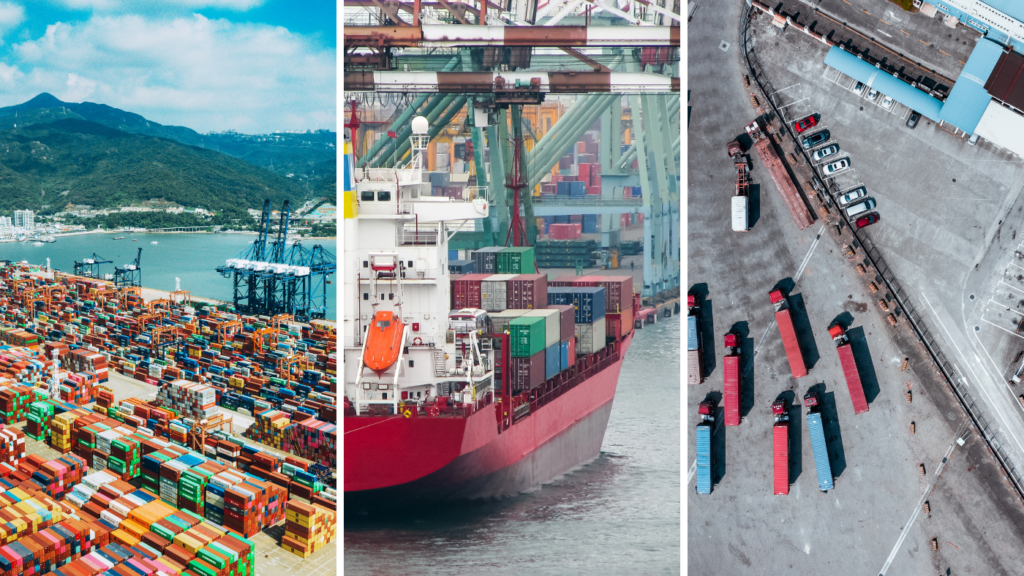WTO Tariff Schedules
Introduction to WTO Tariff Schedules
WTO Tariff Schedules are comprehensive lists of tariffs that have been negotiated and agreed upon by the member countries of the World Trade Organization (WTO). These schedules serve as the foundation for international trade by setting the maximum levels of customs duties that a country can levy on imports from other member countries.


Structure and Components of Tariff Schedules
Harmonized System (HS) Codes
Each product is identified using a specific Harmonized System code, which standardizes the classification of goods globally.
Tariff Lines
Each line in the schedule refers to a specific type of product and contains the associated tariff rate.
Bound and Applied Rates
The schedules distinguish between bound rates, which are the maximum tariffs a country has agreed not to exceed, and applied rates, which are the actual tariffs in use.
Significance in International Trade
Market Access
The schedules play a pivotal role in facilitating global market access by setting transparent and predictable tariff rates.
Trade Policy
Member countries rely on these schedules to formulate their trade policies, aiming for balance between protecting domestic industries and fostering international trade.
Dispute Resolution
The schedules act as a point of reference for resolving trade disputes, providing a neutral and standardized framework for negotiations.


Process of Updating and Renegotiating Schedules
Rounds of Negotiation
Tariff schedules are regularly reviewed and updated through successive rounds of trade negotiations among WTO member countries.
Amendments
Changes to schedules require a complex approval process, including domestic review and consensus among WTO members.
Trade Reviews
Regular trade policy reviews take stock of each member’s adherence to its committed schedules, offering an opportunity for course corrections.
Practical Application and Compliance
Importers and Exporters
Both importing and exporting businesses should be well-acquainted with the relevant schedules to calculate duties and identify opportunities.
Compliance
Adhering to WTO schedules is crucial for avoiding punitive measures, including retaliatory tariffs and trade sanctions.
Technology Tools
Software solutions are available to automatically match products to tariff lines and calculate duties, aiding in compliance and strategic planning.

Note: The information provided in this article is for general understanding and should not be considered as legal or business advice. For specific advice, consult industry professionals.
Contact Us
The world of logistics is complex and full of technical, financial, and business elements. The logistics experts at Phoenix International deliver top-quality freight forwarding service, supported by powerful technology and decades of experience. Contact us and let us know how we can help you!
